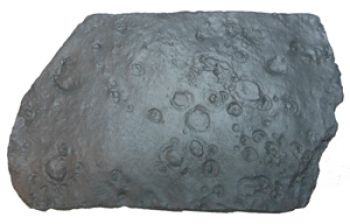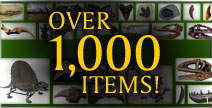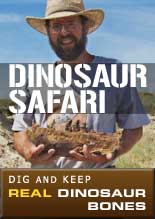
Aspidella terranovica Billings, 1872 was first described from the late Neoproterozoic Fermeuse Formation (St. John's Group) on the Avalon Peninsula of eastern Newfoundland, approximately 1km stratigraphically above the famous Ediacaran biota at Mistaken Point, and several kilometers below the base of the Cambrian. Aspidella has been reinterpreted perhaps more than any other Precambrian taxon, and has variously been regarded as a fossil mollusk or medusoid, a gas escape structure, a concretion, or a mechanical suction mark. Our studies indicate that Aspidella includes a wide variety of preservational morphs varying from negative hypo reliefs with a raised rim and ridges radiating from a slit (Aspidella-type preservation), to flat discs with a central boss and sharp outer ring (Spriggia preservation), to positive hypo reliefs with concentric ornamentation (Ediacaria preservation). Specimens occur in a continuum of sizes, with preservational styles dependent on the size of the specimen and the grain size of the host lithology; the elongation of specimens is tectonic. Aspidella is confirmed as a body fossil from observations of complex radial and concentric ornamentation, mutually deformed borders in clusters of specimens, and occurrence on the same bedding planes as certain distinctive Ediacaran taxa. Aspidella is indistinguishable from, and has priority over, several of the most common genera of late Neoproterozoic discoidal body fossils worldwide. Similar fossils from Australia are interpreted as holdfasts of frond-like organisms. The density of specimens in the Aspidella beds suggests levels of benthic biomass in the Neoproterozoic that could rival those of modern marine communities. The serial growth forms, Palaeopascichnus intrites, Neonereites renarius Yelovichnus, associated with Aspidella, are interpreted as body fossils of unknown affinities rather than trace fossils. A new, trilobite, Ediacaran body fossil, Triforillonia costellae gen. et sp. nov., is described from the Aspidella beds of the Fermeuse Formation.
The Vendian marks the first appearance of a group of large fossils collectively known as the "Vendian biota" or "Ediacara fauna." The question of what these fossils are is still not settled to everyone's satisfaction; at various times they have been considered algae, lichens, giant protozoans, or even a separate kingdom of life unrelated to anything living today. Some of these fossils are simple blobs that are hard to interpret and could represent almost anything. Some are most like cnidarians, worms, or soft-bodied relatives of the arthropods. Others are less easy to interpret and may belong to extinct phyla. But besides the fossils of soft bodies, Vendian rocks contain trace fossils, probably made by wormlike animals slithering over mud.
solid resin
7.25 x 4.5 inches
Item 2204
Category: Replicas
Phylum: Invertebrates
Class: Not Specified

Now Over 1,000 Items!
PrehistoricStore.com offers the largest selection of replica fossils and other fossil-related products anywhere in the world!
Download a Full Catalog (3MB PDF)
OVER 260 PAGES OF REPLICAS AND MORE!
